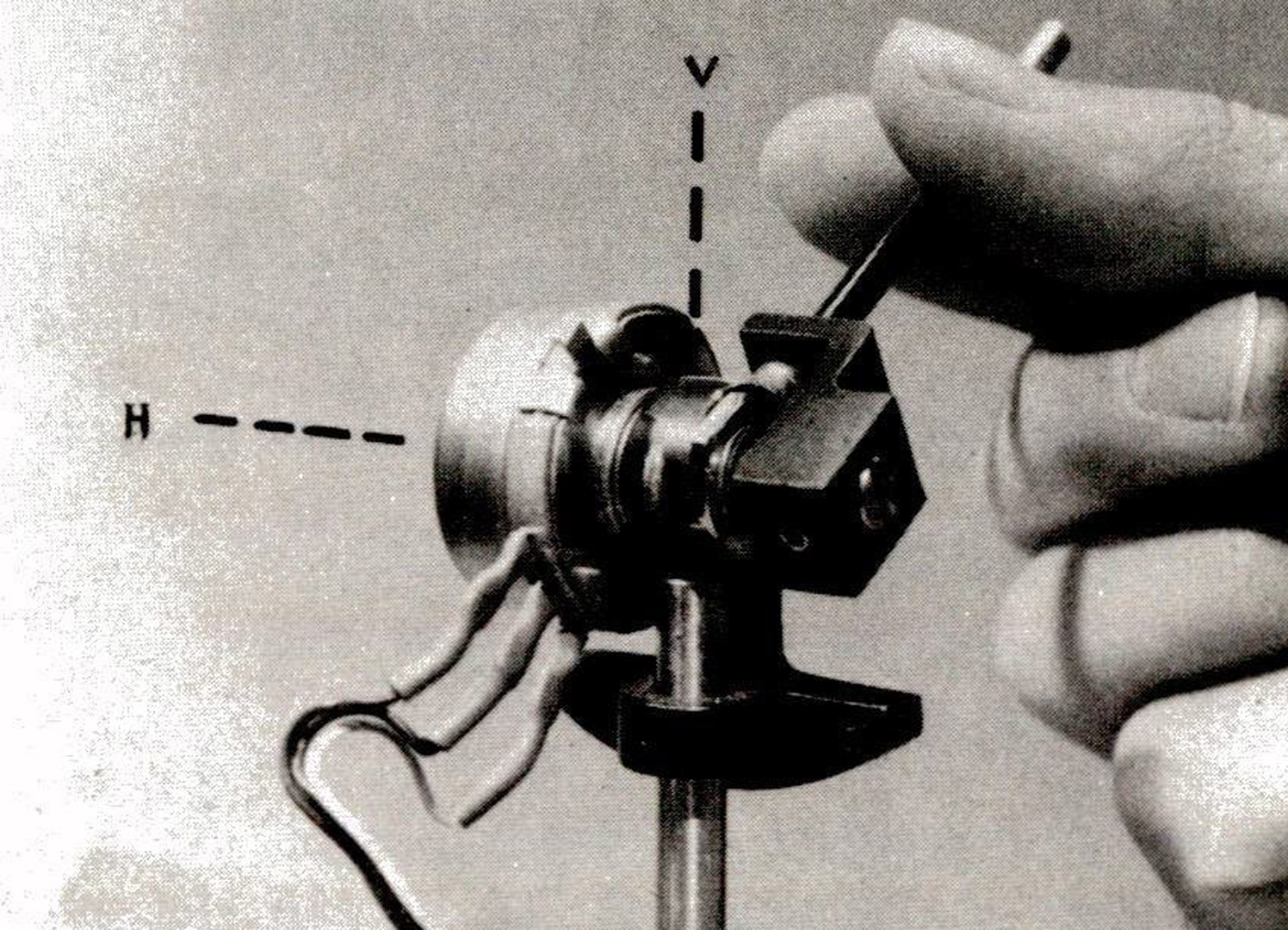“Making nested rotations convenient for the user” by Britton, Lipscomb and Pique
Conference:
Type(s):
Title:
- Making nested rotations convenient for the user
Presenter(s)/Author(s):
Abstract:
Subimage motion in a three-dimensional computer graphic system is much easier for the user to control if the subimage moves the same direction as his hand while he manipulates the control device. The implementation of such coordinated motion of hand and subimage implies modification of the normal procedure for calculating transformations. The convenience of such manipulation also depends on appropriate selection or design of the input device. This paper reviews the relevant attributes of locator devices and presents an approach to selection. It presents the mathematics of transformation nesting and “compensation” to preserve motionsynchrony. Finally, it offers a case history of an interactive graphic system whose human factors were improved by these techniques.
References:
1. Barry, C.D., Ellis, R.A., Graesser, S.M., Marshall, G.R. CHEMAST: a computer program for modelling molecular structures, Proc. IFIP 1971, 1552-1558.
2. Britton, E.G. A Methodology for the Ergonomic Design of Interactive Computer Graphic Systems, and its Application to Crystallography. Ph.D. dissertation, Department of Computer Science, University of North Carolina, Chapel Hill, N.C., 1977.
3. Brooks, F.P., Jr. The computer “scientist” as toolsmith: studies in interactive computer graphics. Proc. IFIP 1977, 625-634.
4. Foley, J.D., and Wallace, V.L. The art of natural graphic man-machine conversation. Proc. IEEE 62, 4 (April 1974), 462-471.
5. Hansen, W.J. User engineering principles for interactive systems. Proc. AFIPS FJCC, 39, 1971, 523-532.
6. Kilpatrick, P.J. The Use of a Kinesthetic Supplement in an Interactive Computer Graphics System. Ph.D. dissertation, Department of Computer Science, University of North Carolina, Chapel Hill, N.C., 1976.
7. Konopinski, E.J. Classical Descriptions of Motion. W.H. Freeman, San Francisco 1969.
8. Lipscomb, J.S. Three-dimensional Display of Molecular Models. M.S. thesis in progress, Department of Computer Science, University of North Carolina, Chapel Hill, N.C.
9. Newman, W.M., and Sproull, R.F. Principles of Interactive Computer Graphics. McGraw-Hill, New York, 1973.
10. Pique, M.E. Nested Dynamic Rotations for Computer Graphics. M.S. thesis in progress, Department of Computer Science, University of North Carolina, Chapel Hill, N.C.
11. Rogers, D.F., and Adams, J.A. Mathematical Elements for Computer Graphics. McGraw-Hill, New York, 1976.
12. Tountas, C., and Katz, L. Interactive graphics in molecular biology: real-time three-dimensional rotations of images and image fragments. Proc. Summer Computer Simulation Conf. 1: session II-2.7 (1971), 241-247.
13. Tsernoglou, D., Petsko, G.A., McQueen, J.E., and Hermans, J. Molecular graphics: application to the structure determination of a snake venom neurotoxin. Science, 197, 4311 (30 September 1977), 1378-1381.
14. Woodson, W.E. and Conover, D.W. Human Engineering Guide For Equipment Designers, Univ. of Calif. Press, Cambridge Univ. Press, 1964.
15. Wright, W.V. An Interactive Computer Graphic System for Molecular Studies. Ph.D. dissertation, Department of Computer Science, University of North Carolina, Chapel Hill, North Carolina, 1972.





